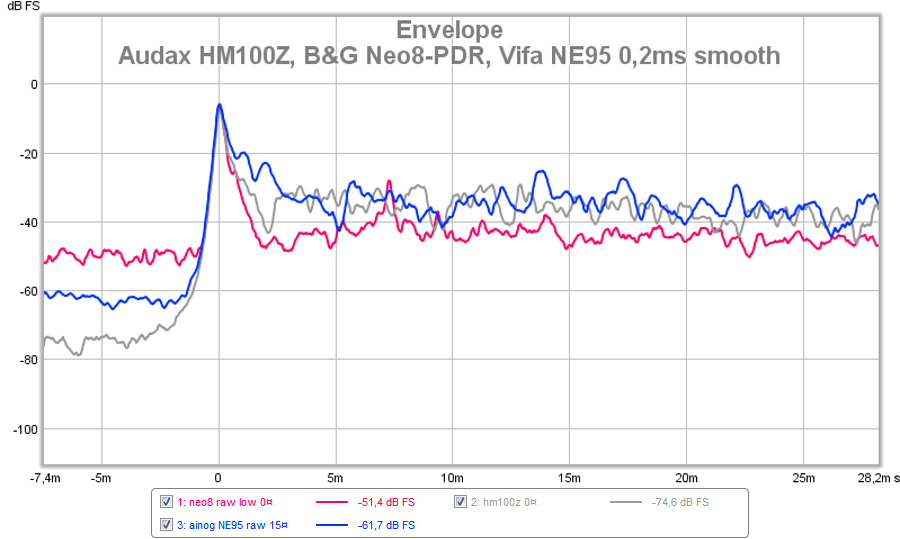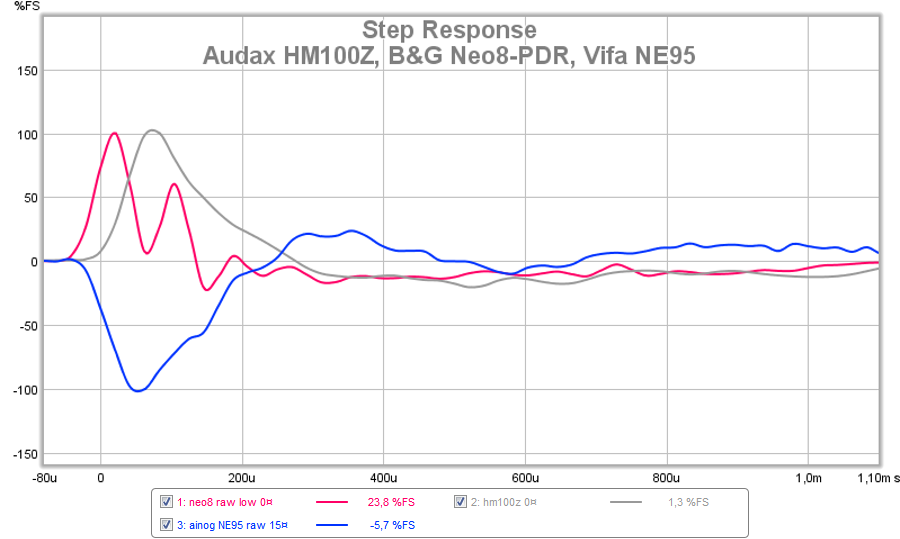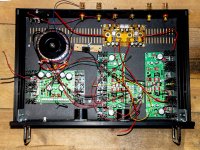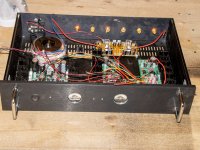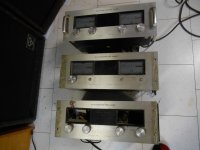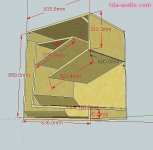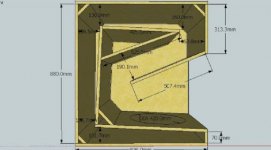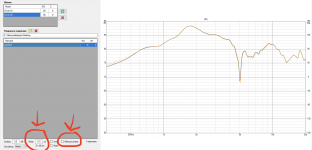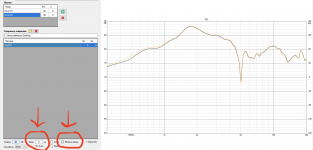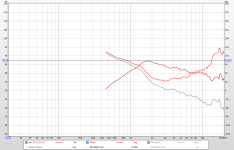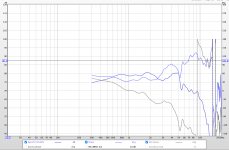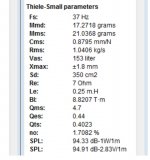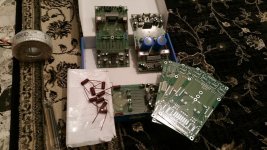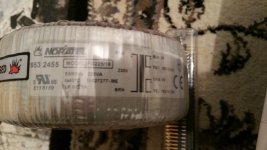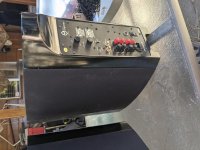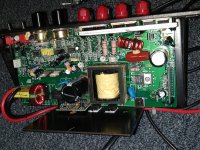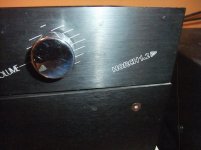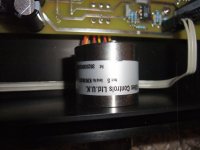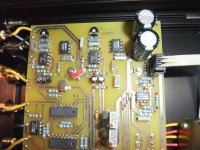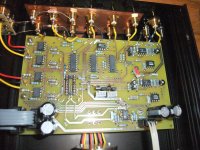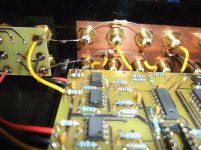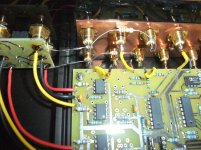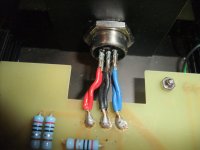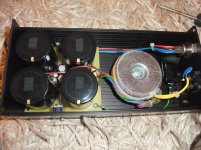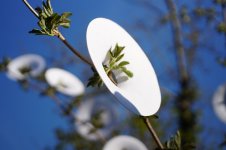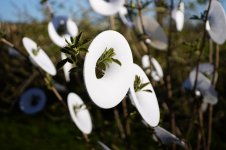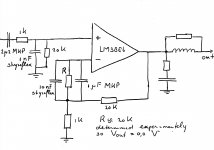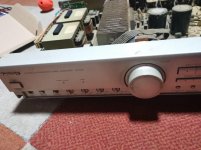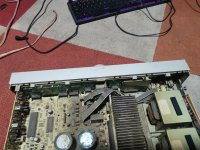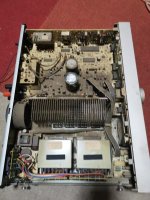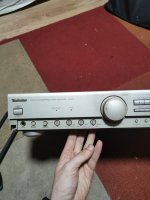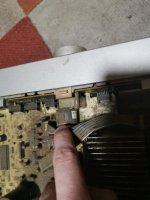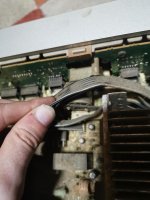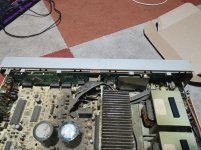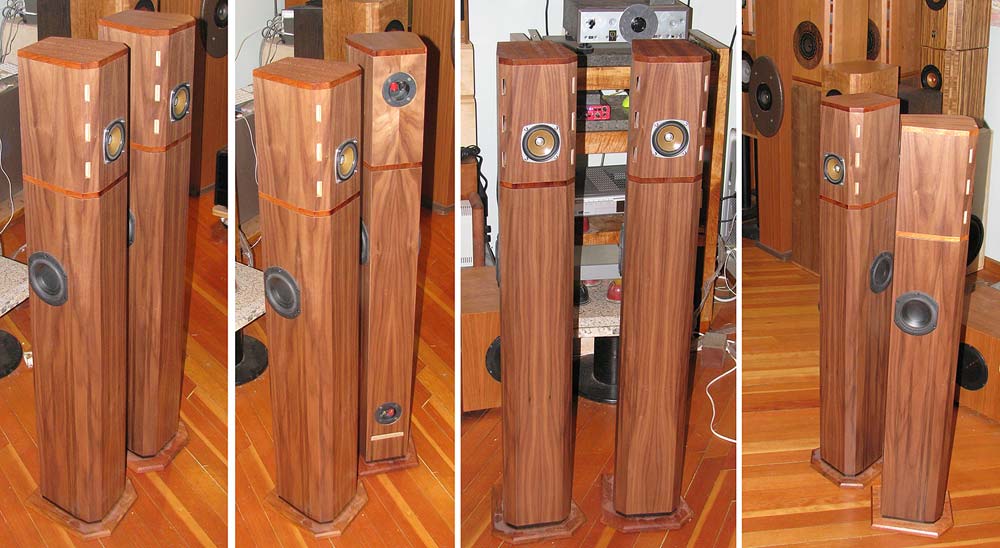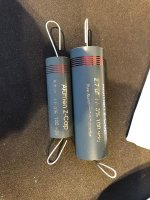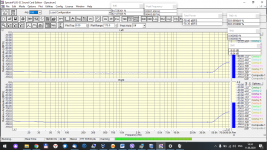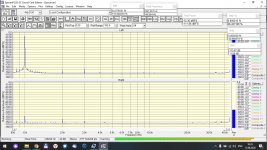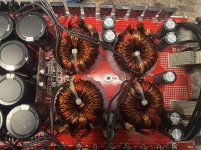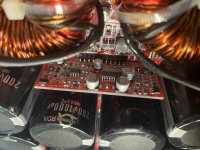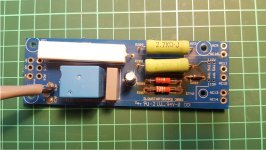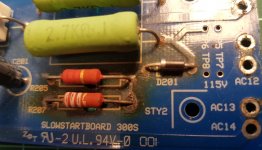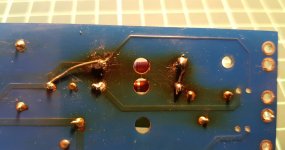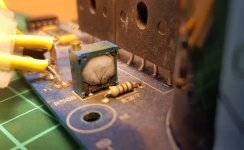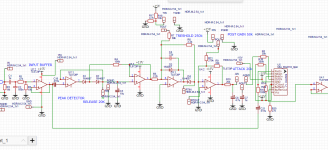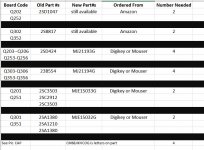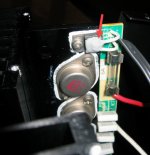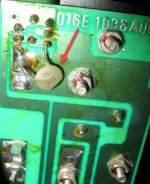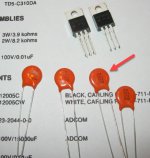A while ago, I asked the forum some questions about a 27 I had on my bench. Specifically, whether or not the 27.5 schematics I found on this site would be of any use to rebuild the amplifier, which was shutting down quickly when the power switch was engaged. I received no answers, so I attempted to repair the amplifier by replacing a few burned components I found on the protection circuit board. Long story short, the amplifier ended up in the studio, propping the door open from time to time while I painted.
I recently decided to buy my own distortion analyzer, oscilloscope, and bench for home use, and after repairing the analyzer (an Amber 5500 that died a few hours after I turned it on), I disassembled the 27, and after taking some time troubleshooting it, managed to repair the beast. I figured I would put my experiences on the board for all to see, as no one else here seemed to know anything at all about Levinson amplifiers.
First off, to anyone else out there who may be wondering: YES, the 27.5 schematics CAN be used to troubleshoot problems in the 27. A hearty Thank you to the user who posted them here in the forums, though I cannot find the post that led me to them!
The real problem turned out to be the large electrolytic power supply capacitors, or more specifically, the corrosion on their terminals. There were other problems to be found, but they manifested themselves as poor performance rather than an outright dead amplifier. The electrolytic capacitors on the small boards hovering over the output stages needed to be replaced- they measured about 200pF each, and they are rated at 10uF. The relay coil driver had died, but that was an easy find, what with the fire and all. Associated caps around the drive transistor were found to be well off spec, and replaced.
The protection circuit was reading offset in the "bad" channel, due to the negative supply not charging at the same rate as the positive, causing a fault condition. The diagnosis was simple: After cycling the amplifier, I checked the residual voltages at each of the supply capacitors, and found the negative supply of the Right channel consistently low. Every other supply in the amplifier had charged to normal operating voltages. The second clue that I wasn't looking at an output problem was that while the rail stayed low, it didn't draw excessive current, nor did it discharge quickly after power was removed, even though the voltage was low.
The capacitor had what appeared to be electrolyte leakage, but unusually, it appeared from inside the screw terminal. Inspection revealed no perforation. The ring terminals had subsequently corroded, and the rectifier lead wasn't able to deliver sufficient charge current in time to outrun the protection circuit. The result was a "dead" channel. After cleaning the terminals, I put in a temporary cap, and the amplifier powered up immediately. The next day, I checked the "bad' cap, and it tested very well, so after cleaning, I reinstalled it. As of today, the amplifier has run for ten hours without incident, and easily met its published specifications under test, giving me 128 watts per channel into an 8 ohm load with both channels driven.

